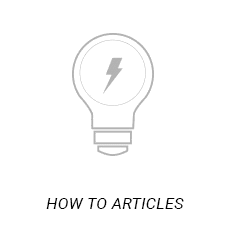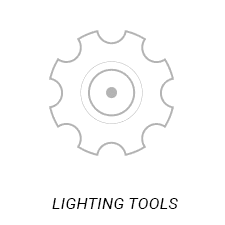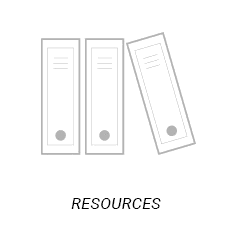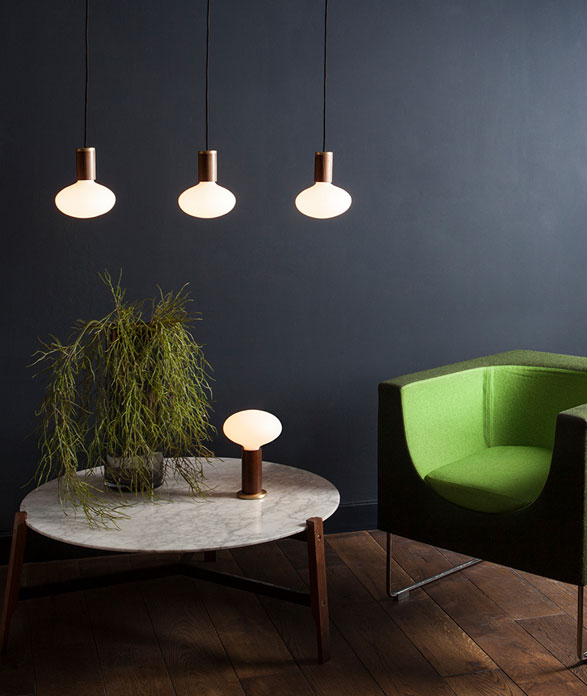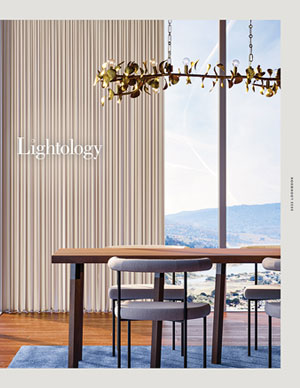
Title 20 and Title 24:
Understanding California’s energy efficiency standards
For decades, California has been a leader in adopting policies and regulations to protect the environment ― often setting a valuable example for the rest of the country to follow. Title 20, also known as the Appliance Efficiency Program, and Title 24, California’s Building Energy Efficiency Standards, are important measures in the state’s efforts to be as energy efficient as possible.
What is Title 20?
Title 20 is a set of energy efficiency regulations established by the California Energy Commission (CEC) that defines standards for all types of appliances. It affects three main types of light bulbs, referred to in the regulations as “lamps”: general service lamps (GSLs), state-regulated LED lamps (SLEDs) and state-regulated small diameter directional lamps (SSDLs).
The goal of Title 20 is to prepare the market for upcoming mandatory efficiency regulations by promoting lighting products that outperform current requirements. It details minimum quality and performance levels that LED bulbs need to meet to ensure consumer satisfaction and help the market transition to this more efficient technology.
Eligible light bulbs
To be Title 20-compliant, bulbs must produce light for general illumination with a brightness less than or equal to 2600 lumens, and greater than or equal to 150 lumens (for candelabra bases) or 200 lumens (for other bases). They must also be capable of emitting white light with a correlated color temperature (CCT) between 2200K and 7000K. Bulbs of all shapes that meet these criteria are eligible, including LED downlight retrofit kits and candelabra LEDs with approved bases.
Title 20 also defines the minimum efficacy of light bulbs in lumens per watt (LPW). This measures the rate at which a bulb is able to convert power (watts) into light (lumens). For example, all GSLs must have an efficacy of 45 LPW, while SSDLs and SLEDs must be at least 80 LPW.
In other words: Light bulbs are now required to produce a minimum amount of light per watt used or they cannot be sold in California. Practically no halogen or incandescent light bulbs will meet these stricter standards. All products approved for sale in the state must be listed in California’s MAEDBS (Modernized Appliance Efficiency Database System).
Title 20 requirements
- CRI 82 or higher
- Compliance score 297 or higher
- Minimum LPW 45 (GSL) or 80 (SLED, SSDL)
- Power factor greater than 0.7
- Hour rated life greater than 10,000 hours (25,000 for MR16s)
- ENERGY STAR® V2.0 omnidirectional light distribution for A-bulbs
- ENERGY STAR V1.1 light distribution for decorative bulb shapes
- Dimmable bulbs: Dimmable to 10%, reduce flicker, noise less than 24 dB at 100% and 20%
Find more information about Title 20 here.
What is Title 24?
Title 24 is a broad set of requirements for “energy conservation, green design, construction and maintenance, fire and life safety, and accessibility” that apply to the “structural, mechanical, electrical, and plumbing systems” in all residential and non-residential buildings in California. These Building Energy Efficiency Standards took effect on January 1, 2017. The more recently updated Joint Appendix Section 8 (JA8) requirements only apply for residential use. JA8 requirements are very similar to the Title 20 requirements listed above, including the LPW prerequisites. Here is what it takes to be Title 24 compliant:
Title 24 requirements
- CRI greater than 90
- R9 greater than 50 (R9 color rendering value indicates how well your lighting will highlight red colors)
- CCT under 4000K
- 6,000-hour lumen maintenance greater than or equal to 86.7%
- Rated life greater than or equal to 15,000 hours
- 10% dimming
- Flicker less than 30% for 200 Hz or below at 100% and 20% levels
- Noise less than 24 dB at 100% and 20%
- Label (either JA8-2016 or JA8-2016-E) on bulb
- Immediate start time (0.5 seconds or less)
Find more information about Title 24 here.
What’s the difference between Title 20 and Title 24?
Title 20 is a product-specific standard, and Title 24 covers how a building is set up and controlled. It’s important to note that lighting products that meet Title 20 requirements may not help in meeting Title 24 regulations. In other words, products do not need to be Title 24-compliant to be sold in California — but new construction or major retrofitting projects do need to meet Title 24 standards. If you have any questions about Title 20 and Title 24, let us know. Our ALA-certified lighting consultants are always here to help.
-
Do Title 20 standards apply to all types of residential and commercial lighting applications?
-
What types of bulbs are most commonly used in Title 20 compliant fixtures - LED, CFL, etc.?
-
Are there any bulbs or fixtures that are exempt from Title 20 energy efficiency regulations?
-
What is the minimum efficacy in lumens per watt that bulbs must meet to be Title 20 compliant?
-
How do Title 20 and Title 24 lighting requirements affect energy efficiency in new construction?

